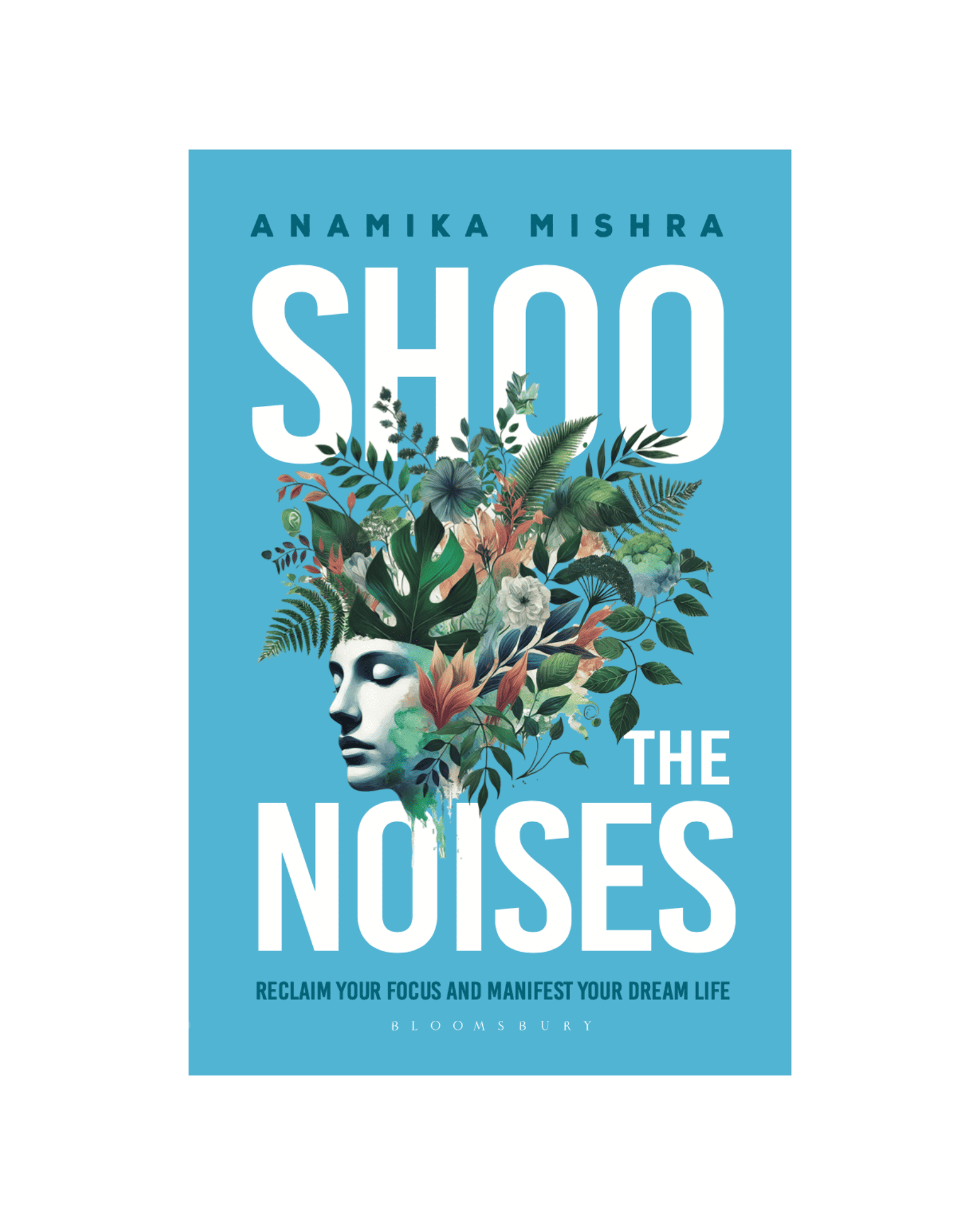Wondering how to write an email? Confused with the format or language? Not getting what is the difference between personal and professional email. Don’t worry! In this blog post, I am sharing the easiest guide ever on how to write an email. Read on and learn!
Format of an Email:
- Subject Line: A short, clear title summarizing the email’s purpose.
- Greeting: Start with a polite greeting, like “Hello,” “Hi,” or “Dear [Name],”
- Body: The main part of your email where you share your message.
- Closing: A polite way to end your email.
- Signature: Your name or a closing phrase.
Example of a Personal Email:
Subject Line: Invitation for My Birthday Party
Greeting: Hi [Friend’s Name],
Body: I hope this email finds you well. I wanted to invite you to my birthday party this Saturday at my place. We’ll have great food, music, and games. It would mean a lot to me if you could make it!
Closing: Looking forward to celebrating with you, [Your Name]
Signature: Best, [Your Name]
Example of a Professional Email:
Subject Line: Meeting Request
Greeting: Dear [Recipient’s Name],
Body: I hope you are doing well. I wanted to schedule a meeting to discuss the progress of our project. Can you please let me know your availability for next week? I believe it’s crucial to ensure that we are on track and address any issues that may have arisen.
Closing: Thank you for your attention to this matter.
Signature: Sincerely, [Your Name] [Your Position] [Company Name]
Difference between Personal and Professional Emails:
- Language and Tone:
- Personal: More relaxed and informal.
- Professional: Formal and respectful.
- Subject Matter:
- Personal: Usually about social events, personal updates, or casual conversations.
- Professional: Related to work, business matters, or official communication.
- Greetings:
- Personal: Can be informal, like using first names or nicknames.
- Professional: Typically begins with “Dear [Name]” or “Hello [Name].”
- Content:
- Personal: Personal emails may include emotions, jokes, or casual language.
- Professional: Focuses on specific work-related topics, with a clear purpose and minimal personal content.
- Closing:
- Personal: Often ends with friendly phrases like “Take care,” or “See you soon!”
- Professional: Ends with a formal closing like “Sincerely” or “Best regards.”
Remember, the key difference is the context and purpose. Personal emails are for informal, friendly communication, while professional emails are for official or business-related discussions.
Also read:
How To Save Money For Travel – 21 Tips To Get Started Now
7 Health Secrets Of Super Successful People




